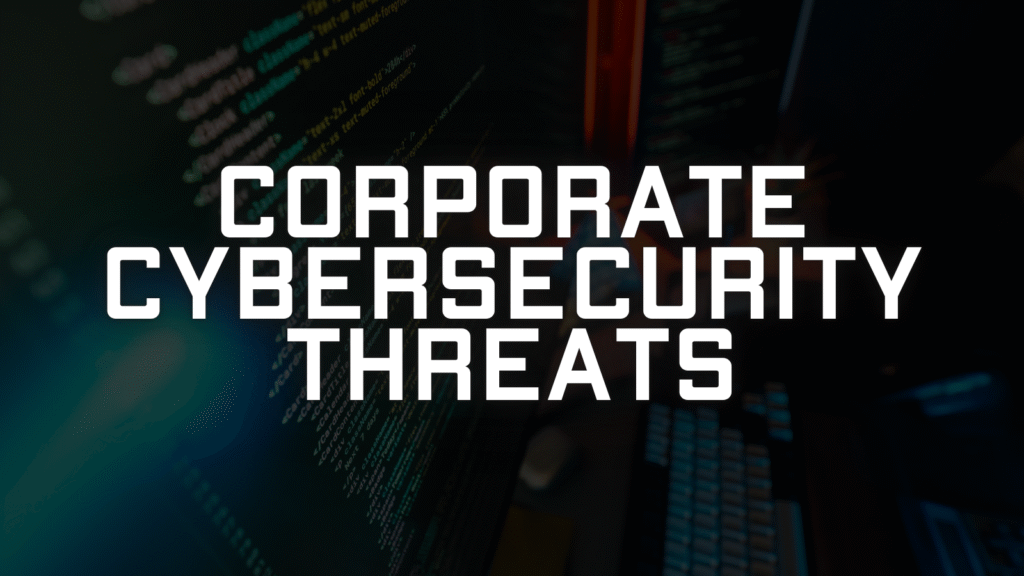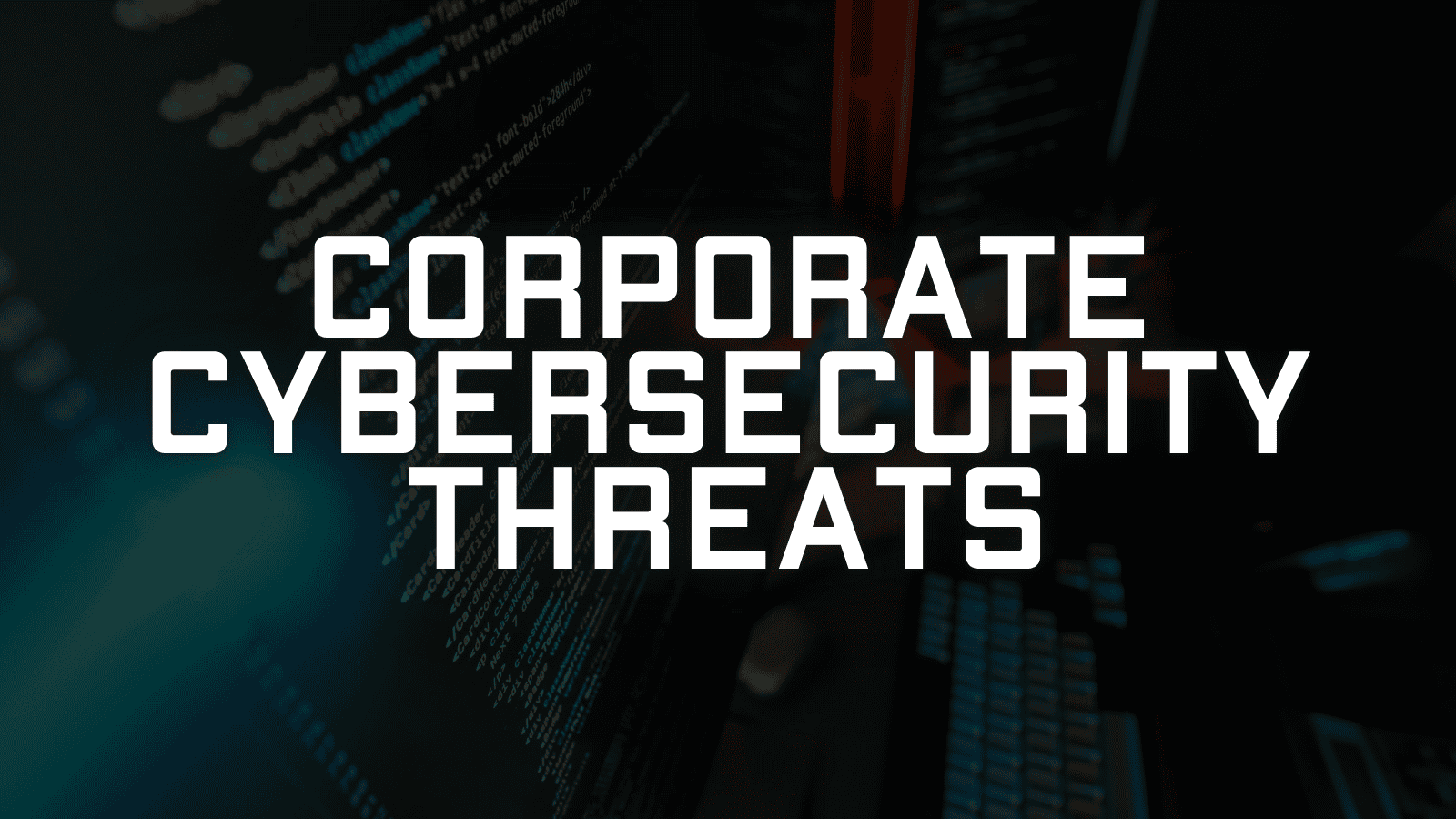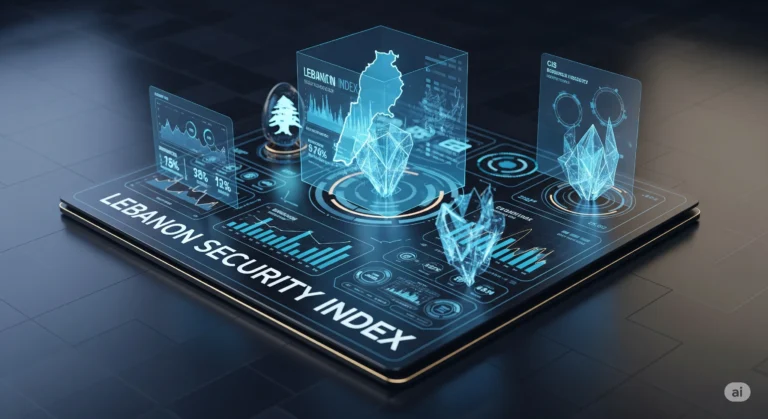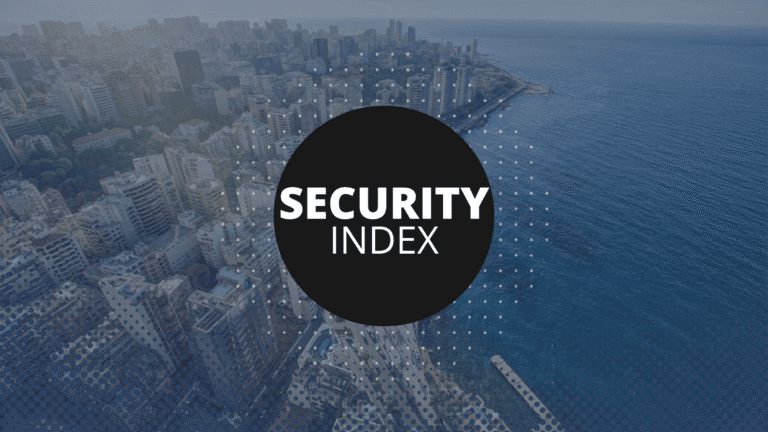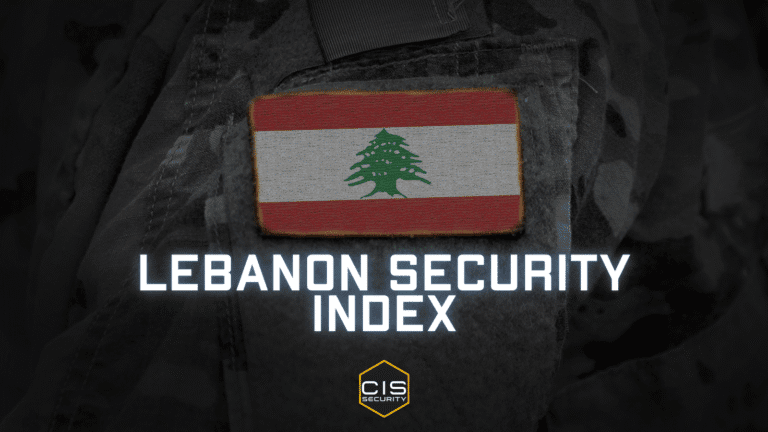Corporate Cybersecurity Threats: Complete 2025 Protection Guide
Corporate Cybersecurity Threats: The Complete Protection Guide for Modern Businesses
The Evolving Landscape of Corporate Cybersecurity Threats
Modern businesses face a threat landscape that grows more complex daily. Cybercriminals have industrialized their operations, creating sophisticated attack chains that exploit every vulnerability in corporate defenses. From ransomware gangs operating like legitimate businesses to nation-state actors targeting critical infrastructure, the threats facing today’s enterprises demand constant vigilance and adaptive security measures.
The financial impact of these threats is staggering. Global cybercrime costs are projected to exceed $10 trillion annually, with individual data breaches costing companies an average of $4.45 million. Beyond direct financial losses, businesses face reputational damage, regulatory penalties, operational disruptions, and loss of competitive advantage. For many organizations, a significant cyber incident represents an existential threat.
Critical Corporate Cybersecurity Threats in 2025
Ransomware: The Business Hostage Crisis
Ransomware remains the most financially devastating threat facing corporations today. These attacks encrypt critical business data and systems, holding them hostage until a ransom is paid—with no guarantee of data recovery even after payment. Modern ransomware operators employ double and triple extortion tactics, threatening to publish sensitive data and launch distributed denial-of-service attacks alongside encryption.
The evolution of Ransomware-as-a-Service (RaaS) has democratized these attacks, enabling less technically skilled criminals to launch sophisticated campaigns. High-profile attacks on critical infrastructure, healthcare systems, and major corporations demonstrate that no industry is immune. The average ransom demand now exceeds $200,000, with some targeting enterprises demanding millions.
Phishing and Social Engineering: The Human Vulnerability
Despite advances in technical security, humans remain the weakest link in corporate defenses. Phishing attacks—fraudulent communications designed to trick employees into revealing credentials or downloading malware—account for over 90% of successful data breaches. These attacks have evolved far beyond obvious spam emails into sophisticated campaigns that convincingly impersonate executives, business partners, and trusted services.
Spear phishing targets specific individuals with personalized messages based on reconnaissance of their role, relationships, and activities. Business email compromise (BEC) attacks impersonate executives to authorize fraudulent wire transfers, costing businesses billions annually. Vishing (voice phishing) and smishing (SMS phishing) extend these tactics to phone and text communications.
Protection requires technical controls including email authentication protocols (SPF, DKIM, DMARC), advanced threat protection solutions, and multi-factor authentication. However, the critical defense is comprehensive security awareness training that teaches employees to recognize and report suspicious communications. Regular phishing simulations help identify vulnerable employees and measure program effectiveness.
Insider Threats: Danger from Within
Not all threats come from external attackers. Insider threats—whether from malicious employees, negligent staff, or compromised accounts—pose unique challenges because insiders already have authorized access to systems and data. These threats may involve intentional theft of intellectual property, sabotage by disgruntled employees, or accidental exposure through carelessness or lack of security awareness.
The difficulty of detecting insider threats stems from the challenge of distinguishing malicious activity from legitimate business operations. Privileged users with administrative access pose particular risks, as they can disable security controls and exfiltrate massive amounts of data. Third-party vendors and contractors with network access create additional insider risk vectors.
Mitigating insider threats requires user behavior analytics to identify anomalous activities, strict access controls based on least-privilege principles, comprehensive activity logging and monitoring, regular access reviews, and clear policies governing data handling. Organizations must balance security with employee privacy and trust while maintaining capability to detect and respond to malicious insiders.
Advanced Persistent Threats: The Long Game
Advanced Persistent Threats (APTs) represent the most sophisticated end of the threat spectrum. These campaigns—often backed by nation-states or well-resourced criminal organizations—establish long-term presence in target networks to steal intellectual property, conduct espionage, or prepare for future disruption. APTs employ custom malware, zero-day exploits, and living-off-the-land techniques that evade traditional security tools.
The “persistent” nature of these threats makes them particularly dangerous. Attackers maintain access for months or years, moving laterally through networks, escalating privileges, and exfiltrating data while evading detection. They adapt to defensive measures in real-time, making eradication extremely difficult once they establish presence.
Defense against APTs requires enterprise-grade security including next-generation firewalls, endpoint detection and response, security information and event management (SIEM) systems, threat intelligence integration, and security operations center (SOC) capabilities. Regular threat hunting, penetration testing, and red team exercises help identify and address vulnerabilities before attackers exploit them.
Supply Chain Attacks: The Trusted Trojan Horse
Modern businesses rely on complex ecosystems of vendors, suppliers, and service providers. Supply chain attacks exploit these trust relationships by compromising third-party software, hardware, or services to gain access to ultimate targets. The SolarWinds breach exemplified how a single compromised software update can provide attackers access to thousands of organizations.
These attacks are particularly insidious because they subvert security measures designed to trust verified software and authorized vendors. Software supply chain attacks may inject malware into legitimate updates, while hardware supply chain compromises can introduce backdoors at the manufacturing stage. Service provider compromises give attackers access to multiple clients through a single breach.
Organizations must implement vendor risk management programs that assess third-party security postures, software composition analysis to identify vulnerable components, code signing verification, network segmentation to limit third-party access, and continuous monitoring of vendor-provided solutions. Zero-trust architectures that verify every access request regardless of source provide robust defense against supply chain compromises.
Cloud Security Threats: Risks in the Digital Sky
The rapid migration to cloud services has created new attack surfaces and security challenges. Misconfigured cloud storage buckets expose sensitive data to public access, compromised credentials provide attackers with cloud resource access, and insufficient visibility into cloud environments hinders threat detection. The shared responsibility model means organizations must secure their cloud deployments while cloud providers secure underlying infrastructure.
Cloud-specific threats include account hijacking, insecure APIs, data breaches through misconfiguration, denial-of-service attacks, and malicious insiders at cloud providers. Multi-cloud and hybrid cloud environments increase complexity and potential for security gaps. The ephemeral nature of cloud resources makes traditional perimeter-based security ineffective.
Securing cloud environments requires cloud security posture management tools, identity and access management solutions, encryption of data at rest and in transit, cloud access security brokers, and continuous compliance monitoring. Organizations must implement cloud-native security controls, conduct regular security assessments, and ensure their teams have cloud security expertise.
IoT and OT Vulnerabilities: The Expanding Attack Surface
The proliferation of Internet of Things (IoT) devices and operational technology (OT) systems in corporate environments creates massive new attack surfaces. These devices often lack basic security features, run outdated software, and connect to critical business systems. From smart building controls to industrial control systems, compromised IoT/OT devices provide attackers with network footholds and potential for physical damage.
Manufacturing facilities, utilities, and transportation systems rely on OT systems that were designed for isolated networks but are increasingly connected to corporate IT networks and the internet. This convergence creates paths for attackers to move from IT systems to OT environments where they can disrupt operations or cause physical damage.
Protection requires network segmentation to isolate IoT/OT devices, asset inventory and vulnerability management, firmware updates and patch management, network monitoring for anomalous IoT/OT traffic, and specialized OT security solutions. Organizations must implement defense-in-depth strategies that assume devices will be compromised and focus on limiting potential damage.
Building Comprehensive Corporate Cyber Defenses
The Zero Trust Security Model
Traditional perimeter-based security assumes everything inside the network is trustworthy. Zero trust assumes breach and requires verification for every access request regardless of source. This model implements least-privilege access, micro-segmentation, continuous authentication, and comprehensive monitoring. Zero trust architectures are particularly effective against insider threats, lateral movement, and compromised credentials.
Security Awareness and Human Firewall
Technology alone cannot protect against social engineering and human error. Comprehensive security awareness programs transform employees from the weakest link into an active defense layer. Regular training, phishing simulations, clear security policies, and positive security culture development ensure staff can recognize and report threats. Executive buy-in and visible leadership commitment to security are essential for program success.
Incident Response and Business Continuity
Despite best efforts, breaches will occur. Robust incident response capabilities minimize damage through rapid detection, containment, eradication, and recovery. Organizations need documented incident response plans, trained response teams, established communication protocols, and regular testing through tabletop exercises. Business continuity planning ensures critical operations continue during security incidents.
Continuous Monitoring and Threat Intelligence
Modern threats evolve too quickly for periodic security assessments. Continuous monitoring through SIEM systems, security analytics, and threat intelligence feeds enables rapid detection of anomalous activity. Threat intelligence provides context on emerging threats, attacker tactics, and indicators of compromise. Security operations centers provide 24/7 monitoring and response capabilities.
The Role of CIS Security in Corporate Cyber Defense
Comprehensive corporate security requires integration of physical and digital defenses. CIS Security provides layered protection that addresses both realms through professional security personnel, advanced CCTV and access control systems, executive protection services, and strategic cybersecurity consulting. Our Shield X division delivers intelligence-driven cybersecurity solutions including threat assessment, penetration testing, security architecture design, and incident response.
With over 35 years of security excellence in Lebanon and expanding regional presence, CIS Security understands the unique challenges facing businesses in evolving threat landscapes. Our integrated approach combines physical security operations with cutting-edge cyber defense, providing comprehensive protection for corporate facilities, personnel, and digital assets.
Request Security AssessmentTaking Action: Your Next Steps
Corporate cybersecurity threats will only grow more sophisticated. Organizations cannot afford reactive approaches that wait for breaches to occur. Proactive security requires regular risk assessments, continuous security improvements, investment in both technology and human expertise, and integration of security into business strategy.
Begin by conducting a comprehensive security assessment to identify vulnerabilities. Implement foundational controls including multi-factor authentication, encryption, regular patching, and network segmentation. Develop security awareness programs that engage all employees. Establish incident response capabilities before they’re needed. Consider partnering with security experts who can provide guidance, implementation support, and ongoing monitoring.
The investment in cybersecurity should be viewed not as a cost center but as essential business infrastructure that enables safe digital operations. The cost of prevention is invariably lower than the cost of responding to major security incidents.
Conclusion
Corporate cybersecurity threats represent one of the most significant business risks of the digital age. From ransomware and phishing to sophisticated APTs and supply chain attacks, modern enterprises face adversaries with increasing capabilities and resources. However, organizations that implement comprehensive, layered defenses can significantly reduce their risk profile and protect their most valuable assets.
Success requires technical controls, human awareness, continuous vigilance, and strategic planning. By understanding the threat landscape, implementing proven security frameworks, and partnering with experienced security providers, businesses can confidently navigate digital risks while capitalizing on technological opportunities.
The question is not whether your organization will face cyber threats—it’s whether you’ll be prepared when they arrive. Take action today to assess your security posture, address vulnerabilities, and build resilient defenses. Your business continuity, reputation, and competitive position depend on it.
Contact CIS Security today for a comprehensive corporate security assessment. Our experts will evaluate your physical and cyber security posture, identify vulnerabilities, and develop a customized protection strategy that addresses your specific risks and business requirements.
